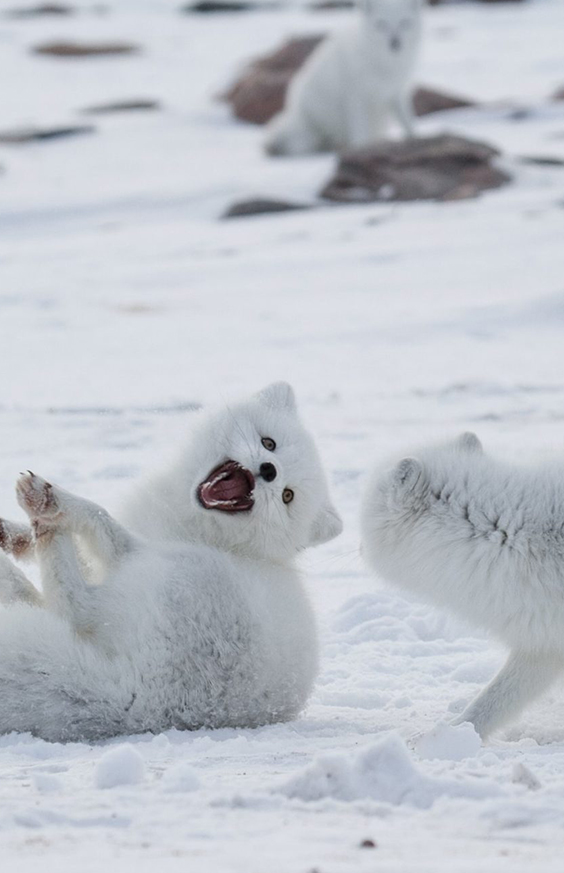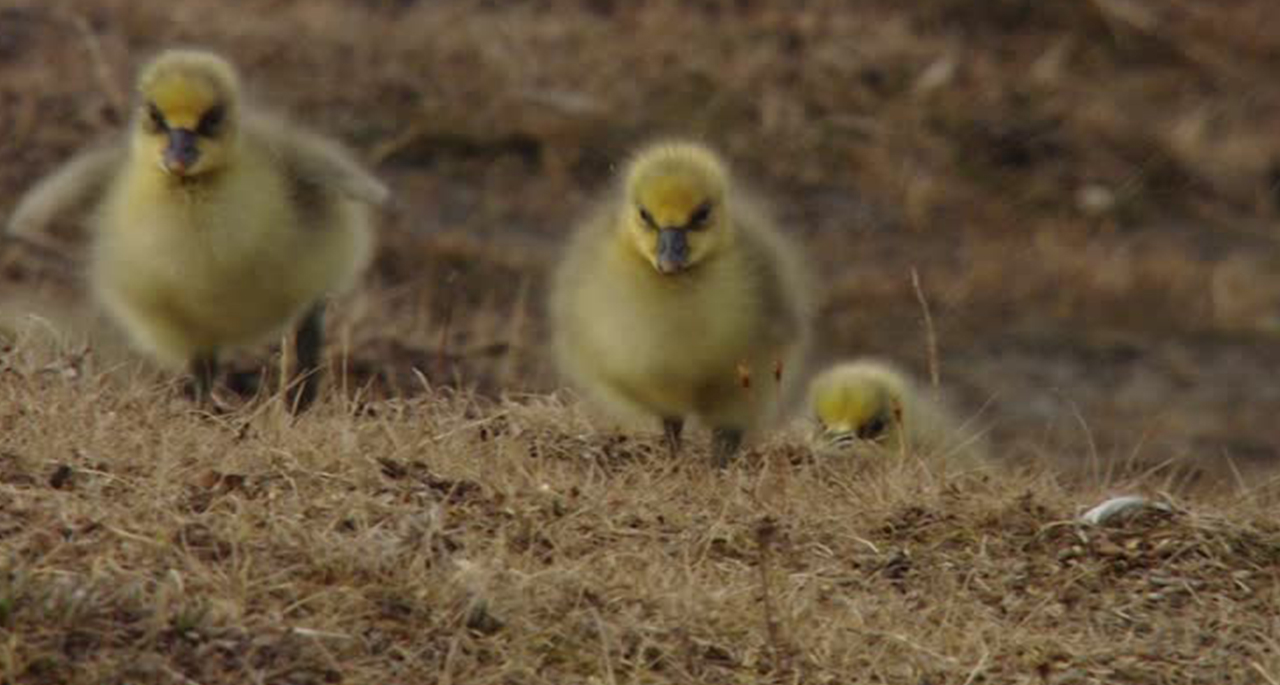
Arctic foxes have beautiful white (sometimes blue-gray) coats that act as very effective winter camouflage. The natural hues allow the animal to blend into the tundra's ubiquitous snow and ice. When the seasons change, the fox's coat turns as well, adopting a brown or gray appearance that provides cover among the summer tundra's rocks and plants. These colorings help foxes to effectively hunt rodents, birds, and even fish. But in winter prey can be scarce on the ground. At such times, arctic foxes will follow the region's premier predator—a polar bear—to eat the leftover scraps from its kills. Foxes will also eat vegetables when they are available.
Habitats

Food
